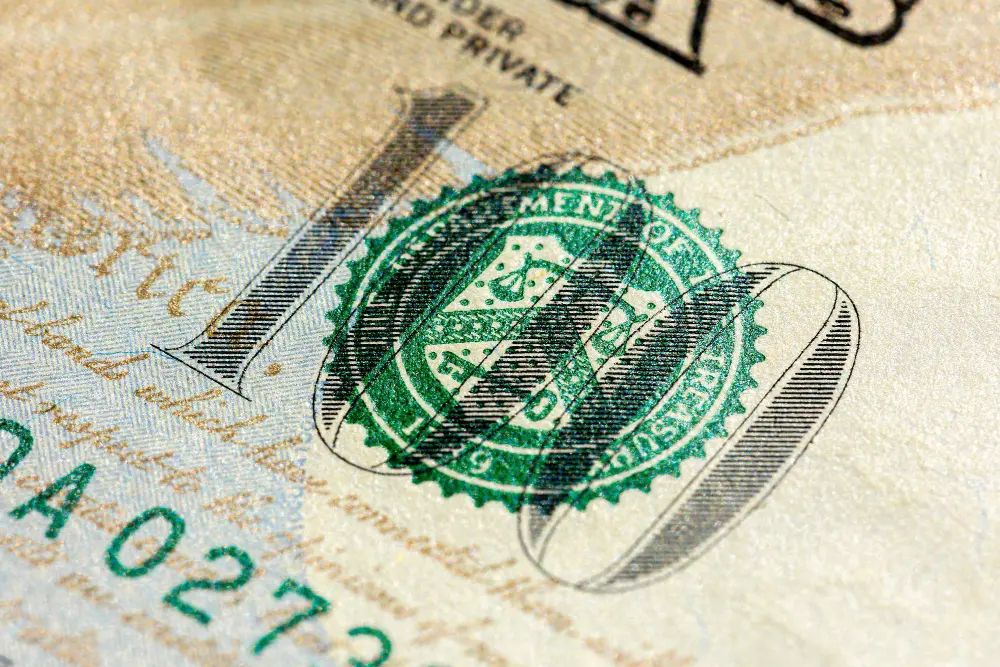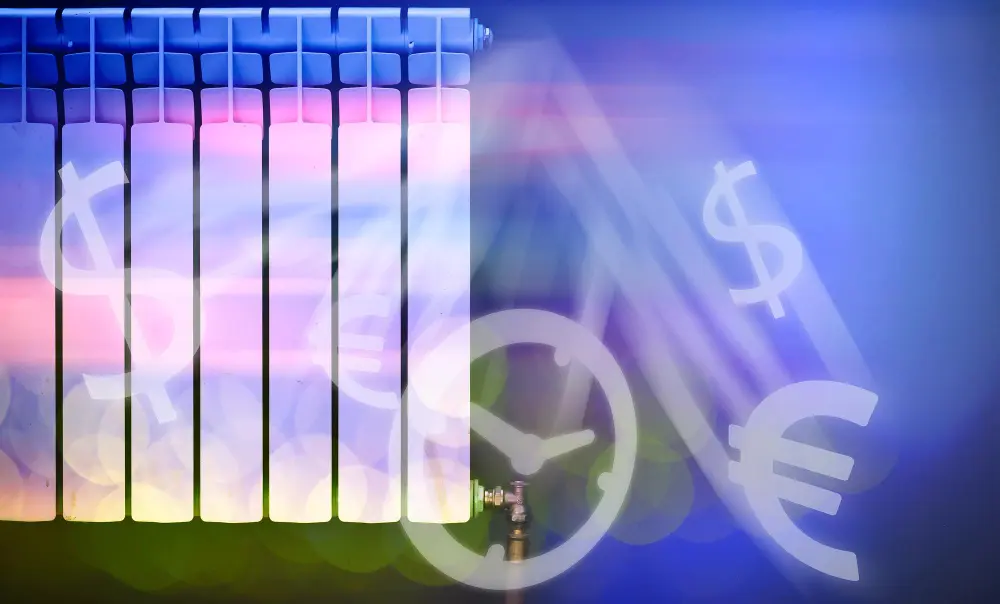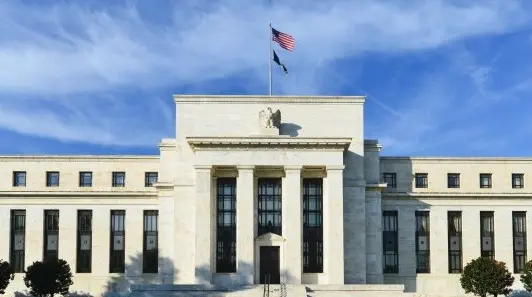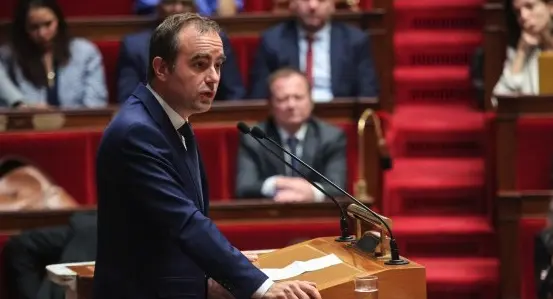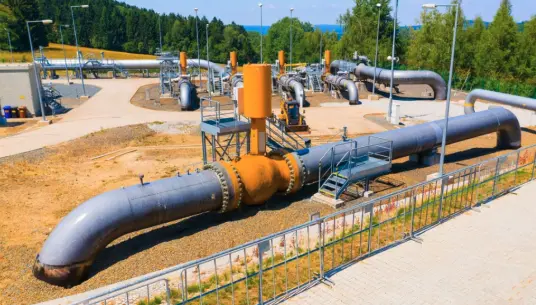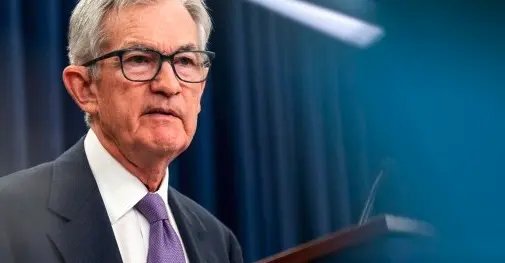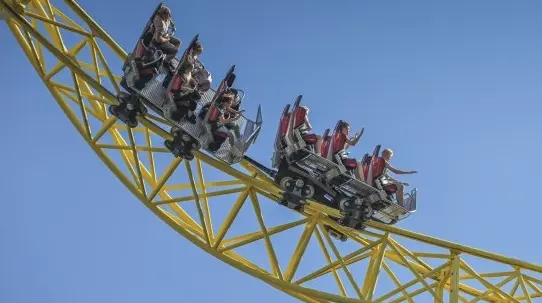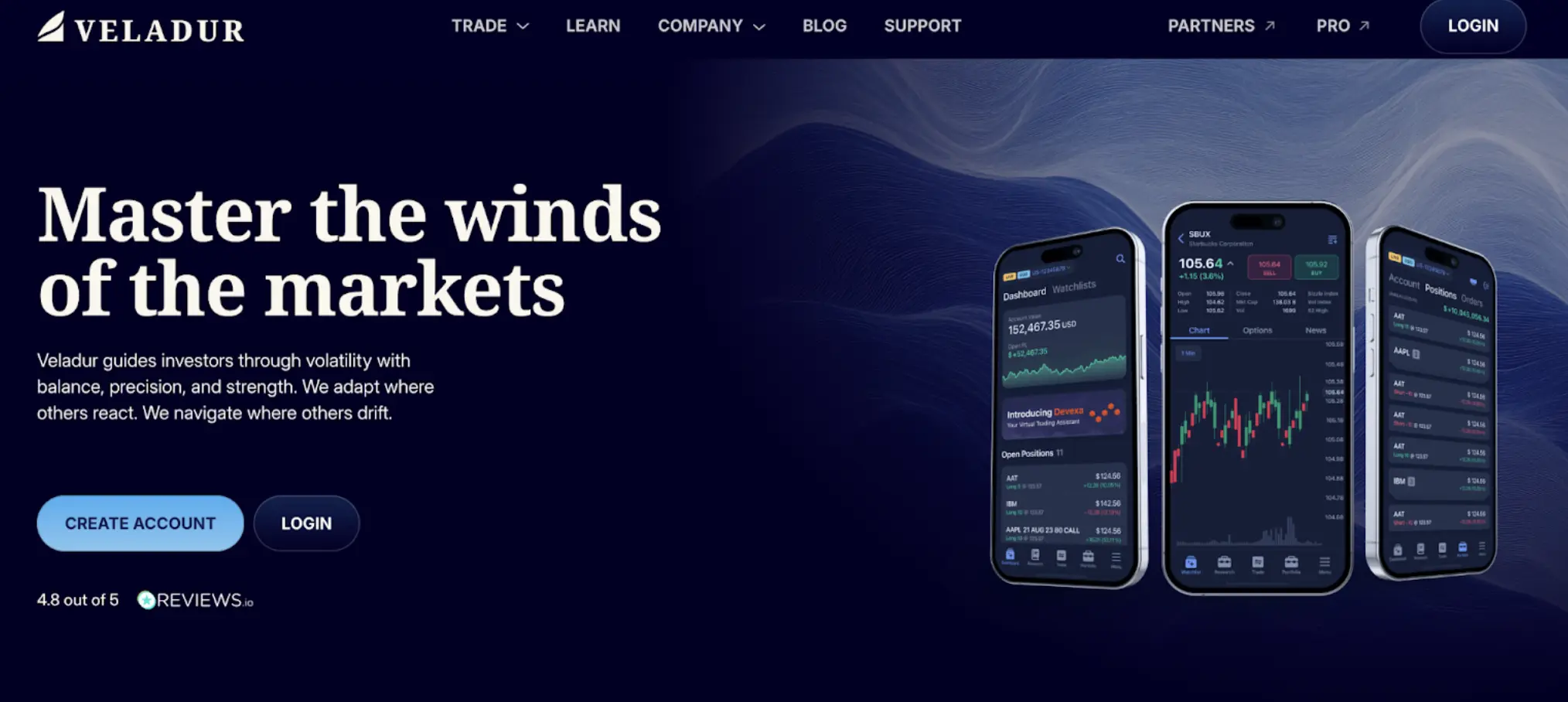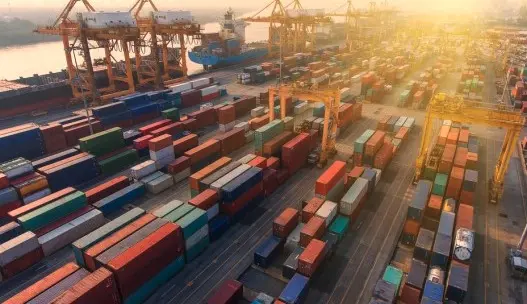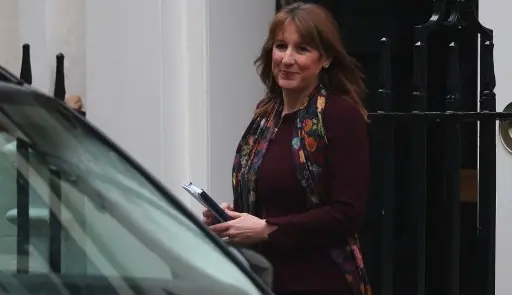OPEC+ rumours sink crude prices
The announcement of the partial EU ban on Russian crude imports was a mild tailwind yesterday, but by and large, looked to have been already priced into markets. What did surprise markets was a Wall Street Journal article suggesting that OPEC might exempt Russia from the production quota agreement at tomorrow’s OPEC+ meeting. Although its impact on WTI was minimal in context, Brent crude, the internationally traded benchmark, plummeted by 4.50% to close at USD 116.10 a barrel, while WTI only finished 2.0% lower at USD 115.25.
The internal politics of OPEC+ makes the Game of Thrones look like a teddy bears picnic, and there are a couple of ways one could interpret the WSJ story. Firstly, it is an eminently sensible move by OPEC given that a sanctioned Russia has no hope of meeting its production commitments anyway, better to let the rest of the group make up the deficit and earn brownie points with the rest of the world. Or, OPEC has become upset with Russia for selling crude oil at massive discounts to India, China and others, undermining OPEC members’ market share. The other variable, if the story is correct, is did Russia agree to it, or was it imposed by OPEC on the plus in OPEC+?
All will be revealed tomorrow at OPEC+’s meeting I suppose. Realistically, only Saudi Arabia, the UAE, and perhaps Iraq, can rapidly increase production, as the rest of the group can’t meet their present quotas, let alone larger redistributed ones. If Russia has agreed to this course of action, it would weigh on oil prices, rebalancing supply, and demand but not enough to send Brent crude back through USD 100.00 a barrel. If this outcome was imposed on Russia, which disagreed with it, that implies a major fracture in OPEC+ unity. That would be a much more bearish development for oil prices. My belief is that Russia has agreed to this course, or the story is incorrect. Any other outcome appears to mean OPEC shoots itself in the foot.
Either way Brent crude is now eight dollars lower than yesterday’s USD 124.00 a barrel high, having slipped by 0.30% in Asia through support at USD 116.00 to USD 115.90. Failure of USD 115.00 could see a capitulation to USD 112.00. WTI tested USD 120.00 a barrel overnight, before falling five dollars to USD 115.25. The USD 120.00 region is a clear resistance level now and failure of USD 113.00 could see WTI tumble towards USD 108.00 a barrel.
The next 36 hours in oil markets are looking rather tasty from a volatility point of view, despite already seeing huge overnight session ranges. The OPEC+ meeting, based on the WSJ article, has now transformed from the monthly business-as-usual event to a potential structural turning point for oil markets.
Gold is in trouble
As I warned yesterday, the real test of gold’s resilience would be if it held firm in the face of US dollar strength and rising US yields again. On both counts, it failed overnight, as just that situation sent gold 1.0% lower to USD 1837.50 an ounce. In Asia, gold has eased again as the US dollar moves higher, falling 0.22% to USD 1833.50 an ounce. Gold’s inability to weather the most modest US dollar strength bodes ill and reinforces my fear that its recovery from USD 1780.00 has been built on sandy foundations.
Gold now has resistance at USD 1840.00, previous support and the 200-day moving average (DMA). That is followed by USD 1860.00 and USD 1870.00 an ounce. If US dollar strength persists, and US yields continue rising, gold is increasingly at risk of a retest of USD 1800.00 and then USD 1780.00 an ounce. Failure of USD 1780.00 signals a deeper, and possibly disorderly fall to USD 1700.00 an ounce.
This article is for general information purposes only. It is not investment advice or a solution to buy or sell securities. Opinions are the authors; not necessarily that of OANDA Corporation or any of its affiliates, subsidiaries, officers or directors. Leveraged trading is high risk and not suitable for all. You could lose all of your deposited funds.
